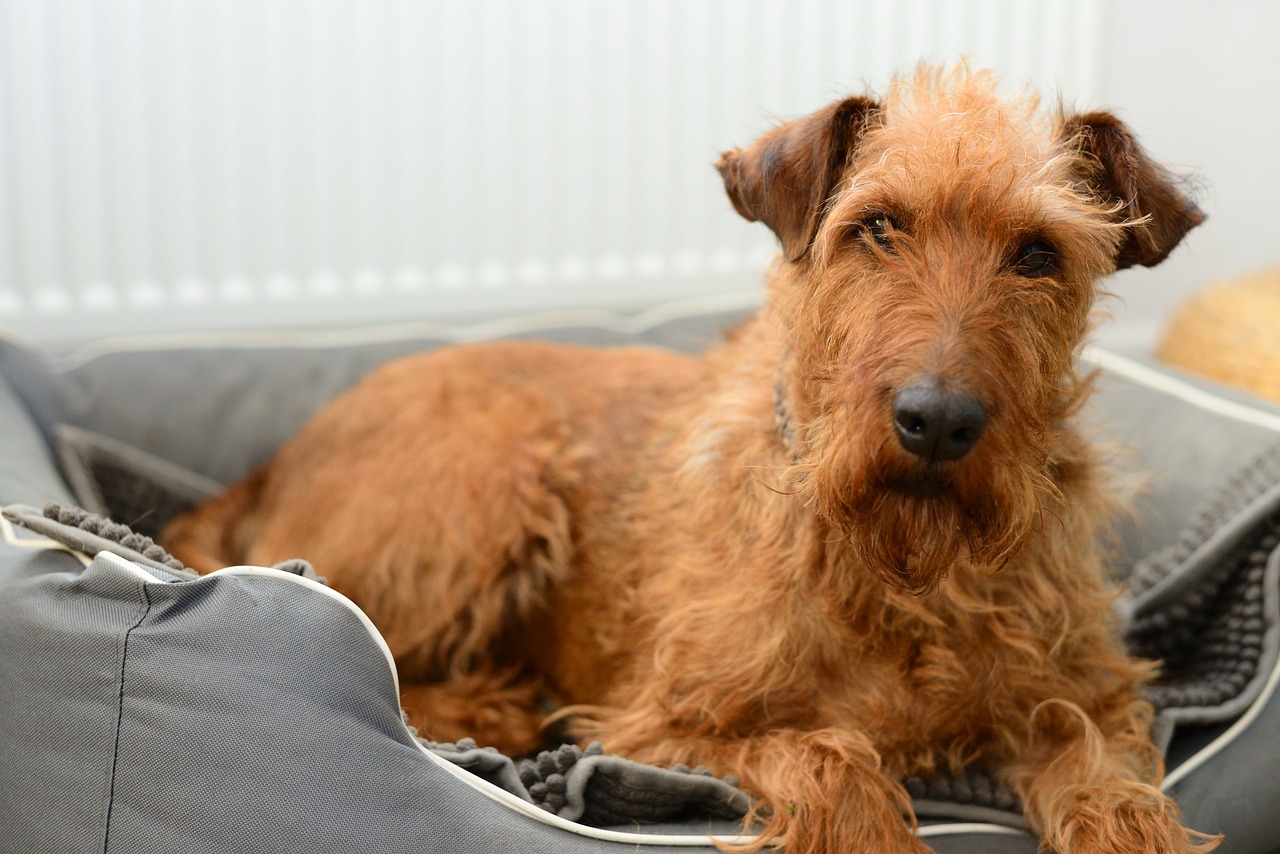Cú Chulainn: The Legendary Irish Hero
The captivating world of oral folklore ensures that stories evolve with each retelling, offering numerous interpretations of historical and mythical figures. Among these figures, Cú Chulainn stands out as one of Ireland’s most formidable heroes. His legendary exploits resonate through various tales found across the Emerald Isle. This article provides a brief glimpse into the life and deeds of this extraordinary warrior.
Who is Cú Chulainn?
Cú Chulainn, whose name may also be spelled Cuchulain, is so pivotal in Irish mythology that his origin is chronicled in a dedicated legend known as the “Conception of Cú Chulainn” (Irish: “Compert Con Culainn”). He was born to mortals Deichtine and Sualtaim, though his lineage is often linked to Lugh Lámfada, an Irish deity. Initially named Sétanta, he exhibited extraordinary abilities in terms of physical strength, speed, and skill. By the tender age of five, he had already been accepted into the Red Branch Knights, the elite warriors serving his uncle, King Conor Mac Nessa.
The Origin of His Name
The transformation of Sétanta into Cú Chulainn occurred during an eventful encounter at a banquet hosted by Culann, a smith famous for crafting weapons for the king. Upon arriving late, Sétanta was met by Culann’s unrestrained hound and had to engage in a fierce defense. Armed with his hurl and sliotar – traditional equipment for hurling – he fought valiantly, ultimately slaying the hound. While his uncle was relieved by his survival and impressed with his prowess, Culann lamented the loss of his beloved animal. In a gesture of redemption, Sétanta offered to take the hound’s place until a replacement was found. Consequently, he earned the name Cú Chulainn, which translates to “Hound of Culann.”
The Fierce Battle Frenzy
Similar to the legendary berserkers of Viking lore, Cú Chulainn was known for entering a state of battle frenzy, called ríastrad in Irish, characterized by a transformation that was both terrifying and awe-inspiring. The vivid descriptions from the epic Táin Bó Cúailnge unveil this phenomenon: “He vibrates from head to toe, his skin turning red and heated. His features distort, one eye becoming enlarged and bloodshot, the other small yet menacing. Fire and sparks erupt from his mouth as his hair spikes up and flares.”
The Táin Bó Cúailgne: A Tale of Valor
The narrative of the Táin Bó Cúailgne, or the Cattle Raid of Cooley, is believed to have been documented as early as 620 AD, although its origins stretch back further through oral tradition. The title translates to “the drive-off of cows of Cooley,” encapsulating the central conflict: a war ignited by Queen Maeve of Connacht’s desire to obtain the prized Brown Bull of Cooley. When her request to procure the bull was denied, it sparked an all-out battle between the factions of Ulster and Connacht.
In a twist of fate, Cú Chulainn, along with the Red Branch Knights, found themselves under the grip of a supernatural curse that inflicted excruciating pains akin to childbirth for nine days. Unaffected by this magic, Cú Chulainn stood as Ulster’s solitary defender against Maeve’s invading forces. In the climactic clash, as he prepared to duel his foster brother Ferdia, the rest of Ulster rallied behind him, leading to the eventual defeat of Connacht’s warriors.
The Prophecy Foretold
At the narrative’s onset, the seer Feidelm foretells Cú Chulainn’s arrival and his prowess in battle, warning Maeve of calamity should she underestimate him: “He has pressed forth into battle; if ignored, destruction will ensue. Be aware that Cú Chulainn mac Súaldaim approaches. He will decimate your army and leave a thousand severed heads in your wake.”
Hurling and Cú Chulainn
Interestingly, the sport of hurling has ancient roots that surpass written records of Irish history. This game, regarded as one of Ireland’s national pastimes, is woven into the fabric of its myths and features prominently in the tales of Cú Chulainn. The Boyhood Deeds of Cú Chulainn recount moments of him participating in hurling games and employing his skills to vanquish foes, resulting in the name he would become known by.
The Hero’s Demise
Cú Chulainn’s formidable journey came to a tragic end when the offspring of a slain man named Catalan sought revenge. Their cunning led to Cú Chulainn sustaining mortal wounds inflicted by his own spears. Unwilling to succumb to defeat, he crawled to a nearby stone and bound himself to it, perishing while standing tall, sword in hand. His reputation struck such fear that it took days before anyone dared approach his body. Ultimately, the goddess Morrigan assumed the form of a raven to signify his passing.
Cú Chulainn: A Cultural Legacy
Clochafarmore Standing Stone
Near Dundalk in County Louth, a towering 3-meter tall stone known as Clochafarmore, or “Stone of the Big Man,” stands in a field associated with Cú Chulainn’s legendary fate. This site lies conveniently between Dublin and the Mourne Mountains, making it a significant landmark for those exploring Irish heritage.
The Dingle Peninsula
The enchanting Dingle Peninsula, located in County Kerry, offers breathtaking scenery once inhabited by legends like Cú Chulainn. Artists and writers have since claimed this area, but the essence of its mythological past still permeates the landscape, inviting visitors to uncover its secrets.
The Táin Way
Beginning in Carlingford, the Táin Way encompasses a 40km route that brings to life the scenes from the Táin Bó Cúailgne, showcasing stunning vistas alongside significant archaeological sites.
Navan Fort
Known originally as Emain Macha, Navan Fort served as the stronghold for King Conor McNessa and is where Cú Chulainn trained in his youth. This site is a cornerstone of Ulster’s history and mythology, drawing visitors who wish to glimpse the heritage of this ancient realm.
Incorporating numerous tales, the mythos of Cú Chulainn is rich and multifaceted, inspiring a deep appreciation for the enduring legacy of Irish folklore.



